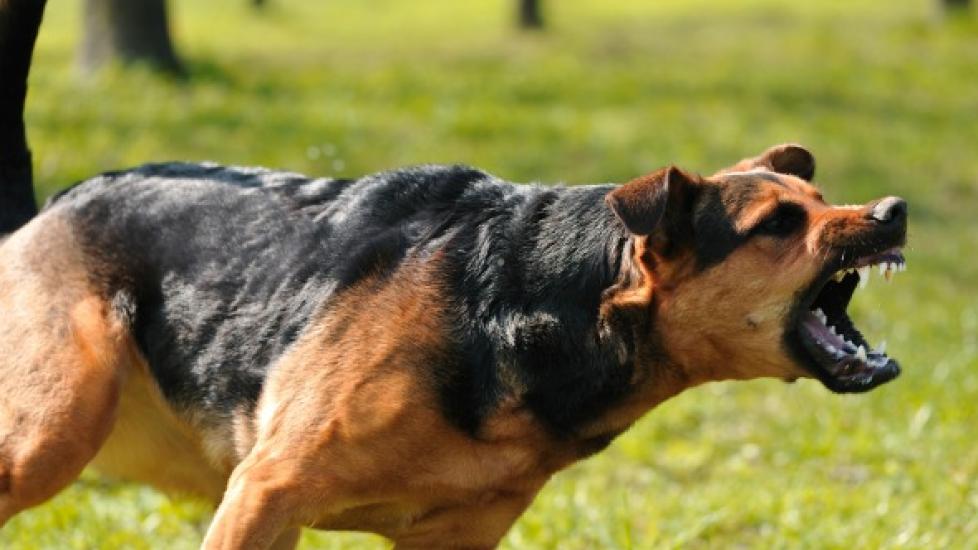Aggression in Dogs Toward Familiar People
Dominance, Fear, or Predatory Aggression in Dogs
While some consider aggression to be normal behavior in dogs, it can be impulsive, unpredictable, and even dangerous. Aggressive behavior includes growling, lip lifting, barking, snapping, lunging, and biting. With aggression directed towards family members or other people familiar to the dog, treatment is currently aimed at controlling the issue, as there is no known cure.
Symptoms and Types
It can be challenging to determine whether a dog is demonstrating abnormal aggression. Aggression is often exhibited near the dog's food bowl, toys, and times when the dog is being handled. This type of aggression is shown to familiar people, most often their handlers or household members.
Aggression can be seen often and it may not even be towards the same person regularly. Aggression is often displayed as:
- Ears tucked back
- Snarling
- Eye aversion
- Biting
- Lunging
While most aggression towards familiar people is a sign of a serious problem, there are some instances where an animal will be aggressive following a painful medical procedure or if they are in pain regularly.
Causes
Some breeds are more aggressive than others. These breeds include Spaniels, Terriers, Lhasa Apsos, and Rottweilers, amongst others, but aggression can appear in any breed. Dogs will normally demonstrate signs of aggression between the ages of 12 and 36 months, and is seen more in male than female dogs. Medical conditions and the after-effects of medical procedures can also cause an animal to exhibit aggression towards familiar people. In addition, inconsistent or harsh punishment from the dog's owner can contribute to the animal’s aggression.
Diagnosis
During a medical examination, your veterinarian will look for fear-based aggression, anxiety conditions, and pathological disease. Typically, however, a traditional blood test will not find any abnormalities.
Treatment
Animals exhibiting aggression towards familiar people require strict behavior modification therapy, and possibly medication. Behavior therapy involves eliminating or controlling situations that may trigger aggression. Veterinarians will help the owner identify the triggers and behaviors, so they can work to correct them. Some dogs will require a muzzle until the behavior is under control. Affection control (working to make the animal obey a command before they receive any treats) is also effective for behavior modification. In addition, desensitization can decrease the animal's responsiveness to anxiety and fear.
In some cases, physical activity can help reduce feelings of aggression in dogs. A low-protein/high-tryptophan diet has had success in reducing aggression. There currently are no approved medications to treat canine aggression, but surgically neutering aggressive male dogs is a common recommendation.
Living and Management
The treatment recommendations given to reduce aggression are designed to be lifelong and should be strictly and consistently followed by the dog's owner. There is currently no cure for aggression.
Prevention
One of the best preventative measures is to not breed aggressive animals, and to begin socialization and hierarchy training at an early age.
See Also
Help us make PetMD better
Was this article helpful?
